5 ways to care for plants during summer that don't rely solely on watering
These clever ways to care for plants during summer keep your flowers looking healthy even when watering isn't an option
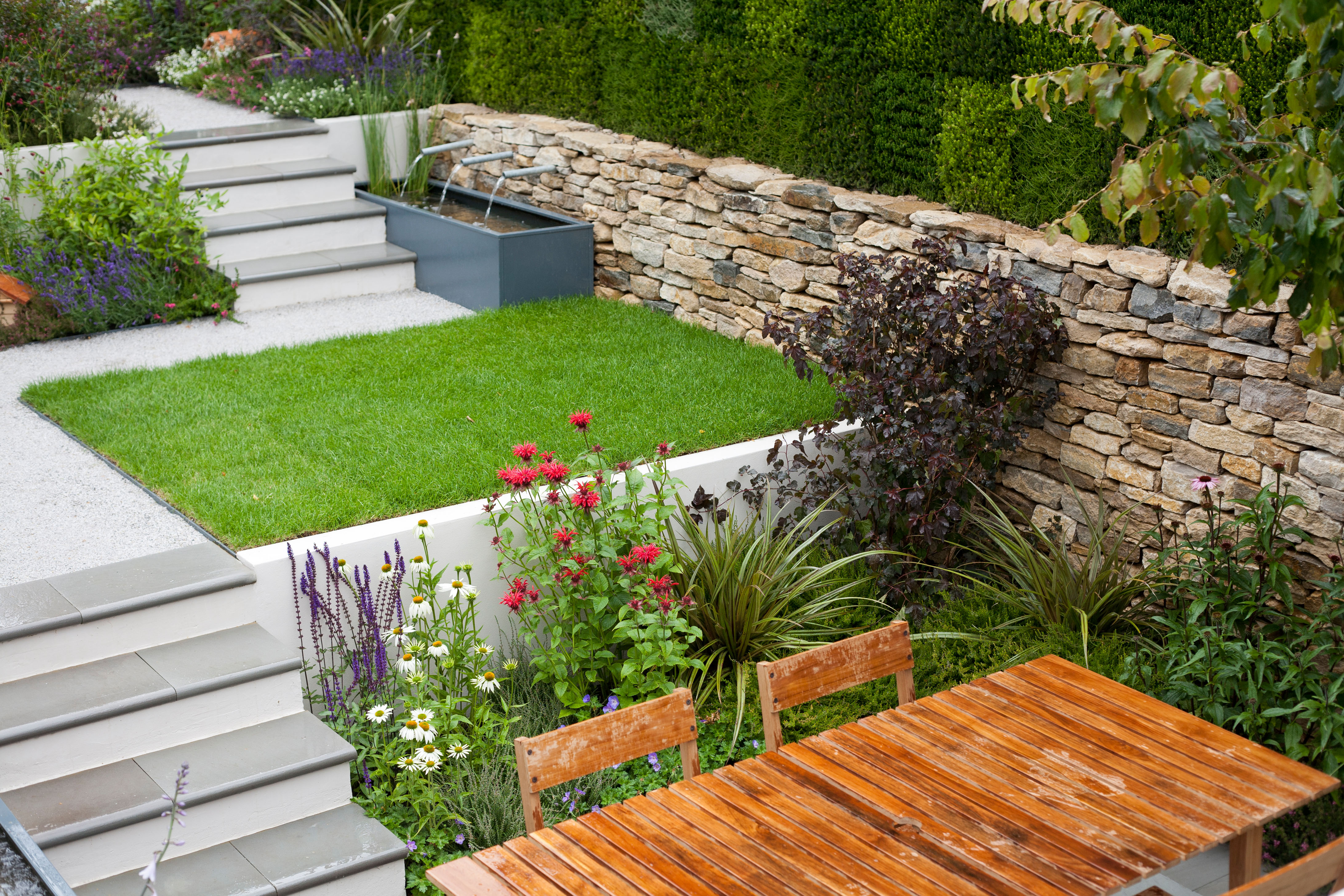

Caring for your plants during summer can be harder than imagined. Summer 2022 has seen record temperatures across the globe that show little sign of easing and, while you might be a fan of basking in the sun in your backyard, our gardens, green spaces and potted-up paradises are likely to struggle in excessively hot weather.
Although plenty of sunlight is vital for our plants to photosynthesize, there’s another of the four elements that they can’t live without: water. Yet, with hotter weather comes drier conditions which require us to step in and give our gardens a helping hand.
But as the intense heat continues to endure for many of us, certain areas have seen the dreaded hose pipe ban or drought declared. In such cases, the simple fix of switching on the sprinkler is no longer an option. We're left with wilting plants and thirsty looking lawns without a clue how to care for them.
Luckily, there are some short term and longer term solutions out there that we can introduce to our backyards and green spaces to help them through the heat. With these quick fixes you can prolong the life of your plants even through harsh conditions. And, better still, they don't necessarily require gallons of water.
How to care for plants in hot weather
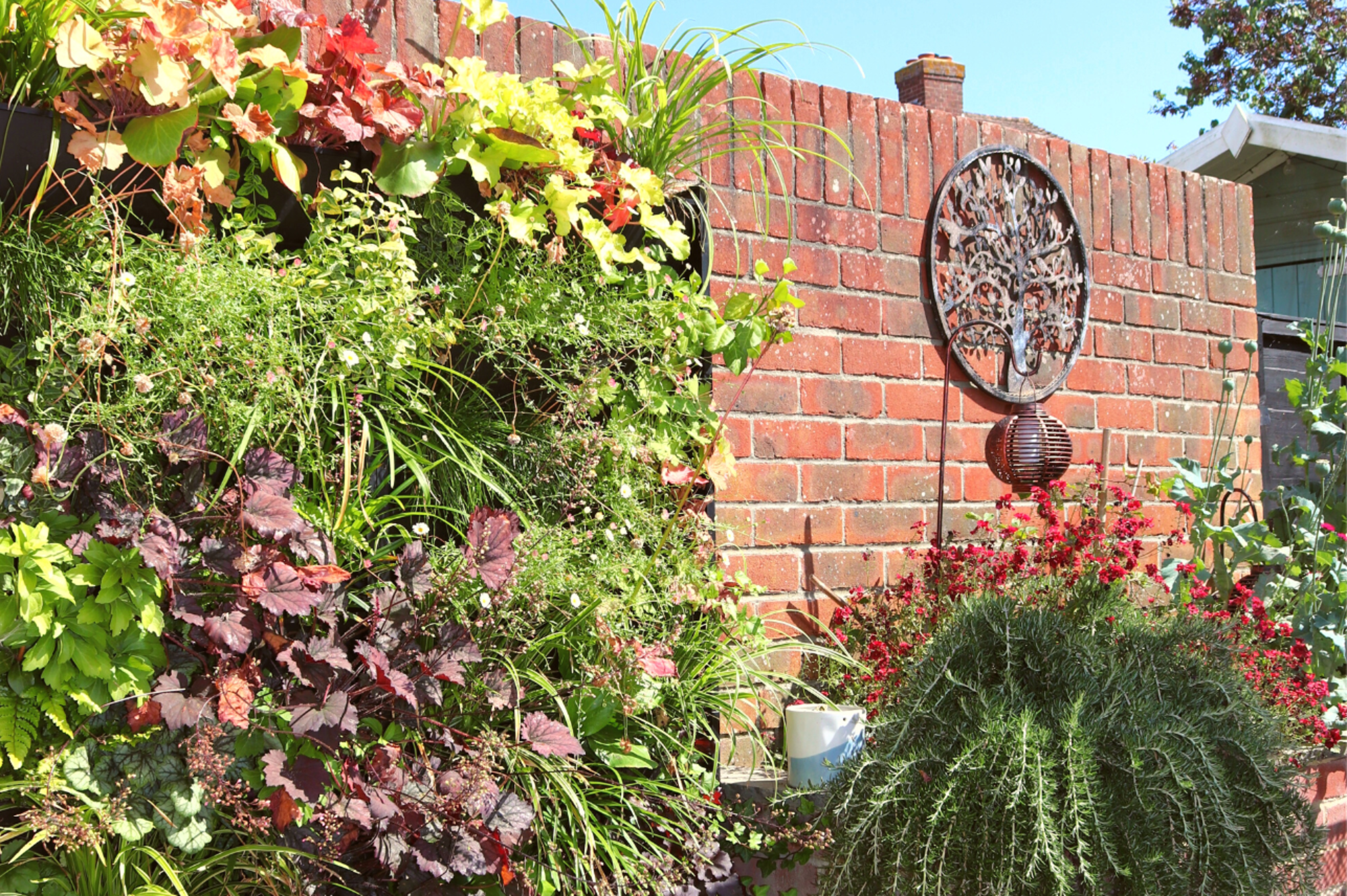
1. Water regularly to imitate rainfall
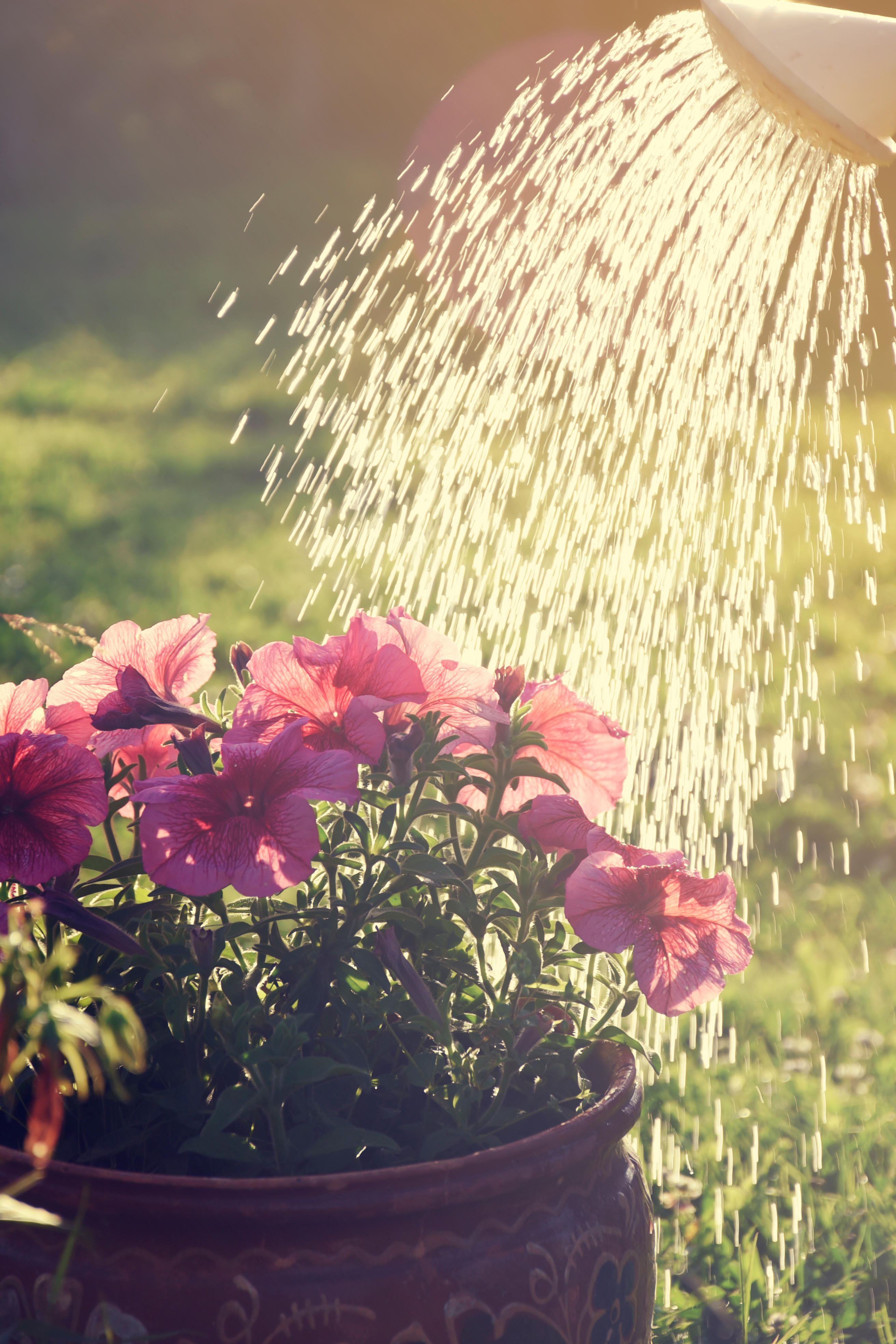
Ok, so we know we said we'd not rely solely on watering, and we won't. But it's worth flagging that this is truly the best way to keep plants healthy...and can be done in smarter ways than you might already be doing it.
How often you water your flower garden will depend on the types of plants you have in it and how hot it is. As a general rule of thumb however you should water your garden every few days during summer using a sprinkler system to imitate rainfall. This will help ensure the moisture is evenly spread.
'Since different plants have different thirsts, see how dry the soil is and if your plant is wilting and looking thirsty,' Tom from Growing Revolution advises. 'Potted plants can need watering twice daily as the soil dries out much quicker in containers.' This is especially true of terracotta planters which heat up with the sun.
When watering borders or lawns, make sure you soak the soil thoroughly as deep watering encourages stronger root growth. It's also best to avoid getting any foliage too wet as this can cause some plants to become scorched or damaged.
'The best time to water your garden is in the morning (or, failing that, in the evening) when the temperature is lower,' says Tom. 'It is a waste of time watering plants in the full sun as the water will evaporate without nourishing the plants.'
2. Help retain soil moisture
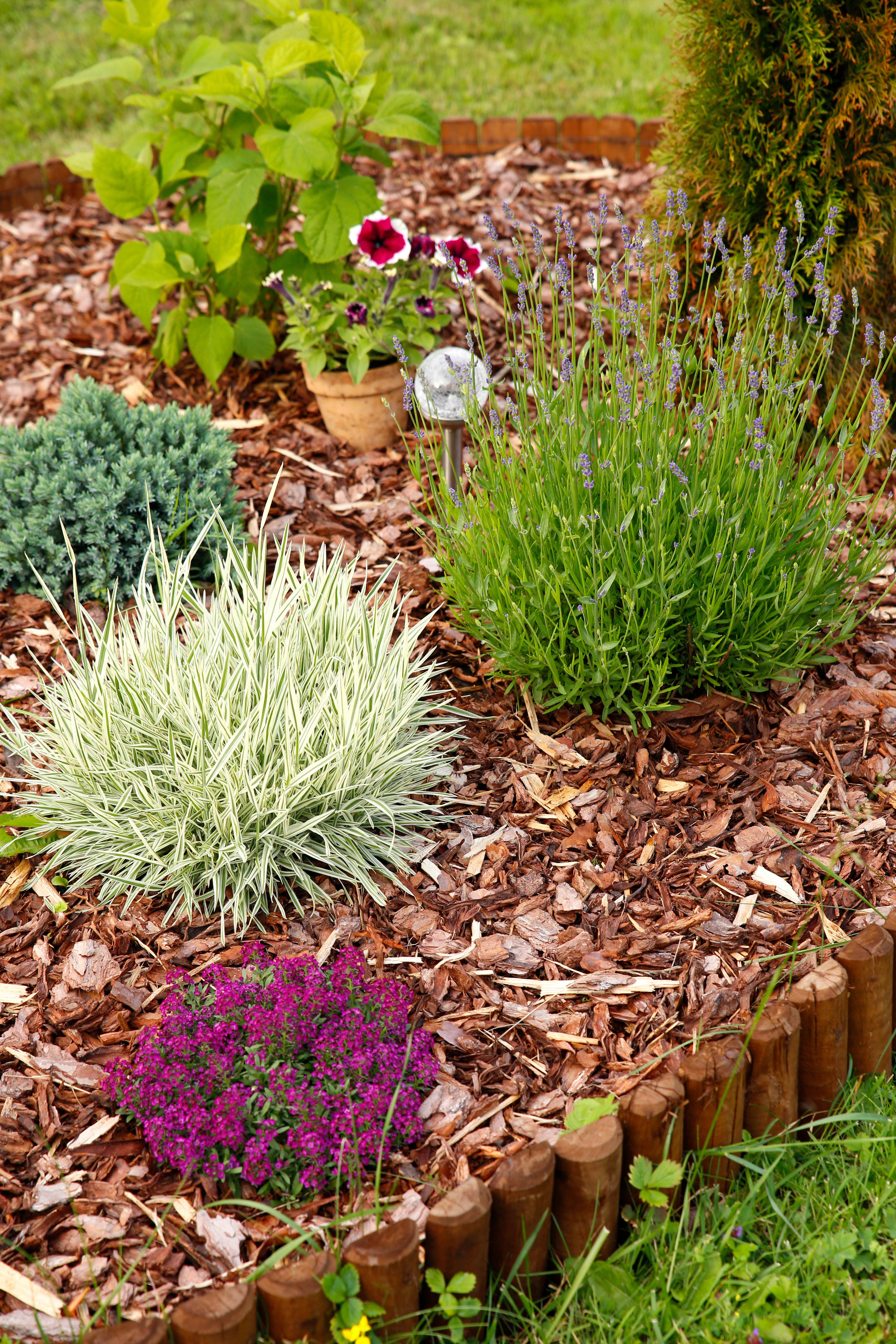
To save on your water bill - and as an alternative to watering when usage is limited - you can maximize soil moisture by making some simple changes.
Ever noticed that your plants that sit closer to your fence need watering less regularly? This is simply as a result of the soil being shaded from the sun, causing any moisture to evaporate slower. Uprooting your plants and moving them to the shade is an option, but it's not the easiest. Luckily Tom has an alternative resolution.
'Covering the soil with mulch can help lock in valuable moisture and keep root zones cooler, reducing the stress of the plants,' he says. 'There are lots of great organic mulches available such as compost, leaves or bark chippings. It's also a great way to make use of garden trimmings!'
Using a mulch will also keep your plants warmer during the colder months to encourage growth in Spring. What's more, according to Tom, organic mulches will help feed your soil as they break down promoting better plant growth and biodiversity.
This straw mulch on Amazon is particularly known for locking in the moisture.
3. Provide more shade
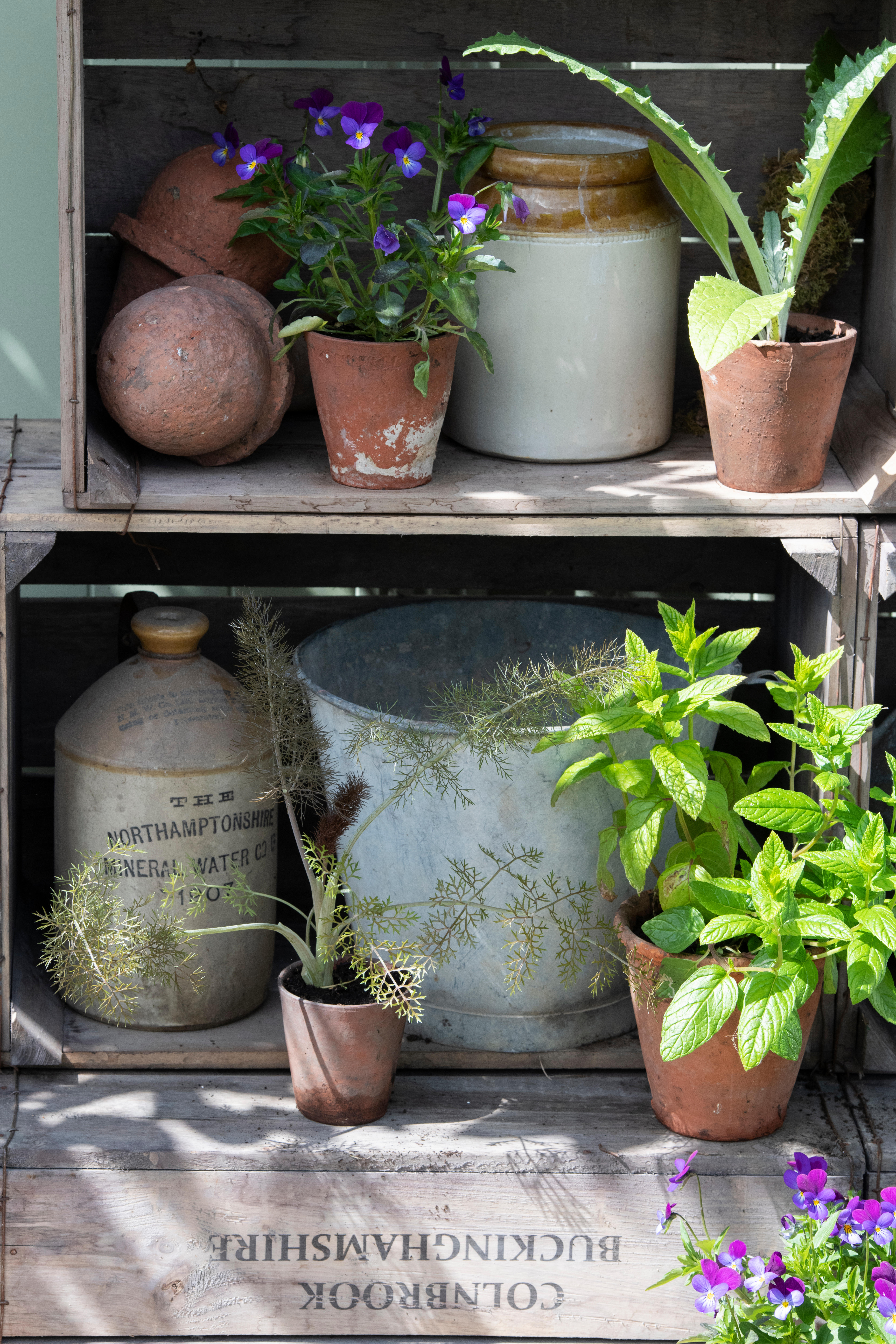
Another way of maximizing soil moisture is by providing more shade for your plants. In the same way that the shade helps you to cool off on a hot day, plants are no different. What plants can't do, however, is follow the shade throughout the day - it's up to us to bring the shade to them.
'Fortunately, there are a number of ways you can shade your plants, from shade cloth (readily available online or from your local garden centre), to old bed sheets (white bed sheets will help to reflect the heat), or even a garden parasol,' explains Tom.
Use poles in the ground or ropes tied to the structure of your house to support a shade cloth. Alternatively, a simple and inexpensive solution that allows you to introduce shade to more specific spots is a beach windbreaker. Depending where your washing line is placed, you could also drape sheets across it to block the sun from your plants for a few more hours of the day.
This inexpensive shade cloth on Amazon is UV resistant and big enough to get your beds covered.
Unlike shrubs or border plants, you can move container plants into the shade as required. 'Container plants will be the first to dry out in a heatwave,' Tom emphasises. 'It's a good idea to move these containers into a shady spot where they will be protected from the midday sun.'
4. Consider sun-loving, drought-tolerant plants
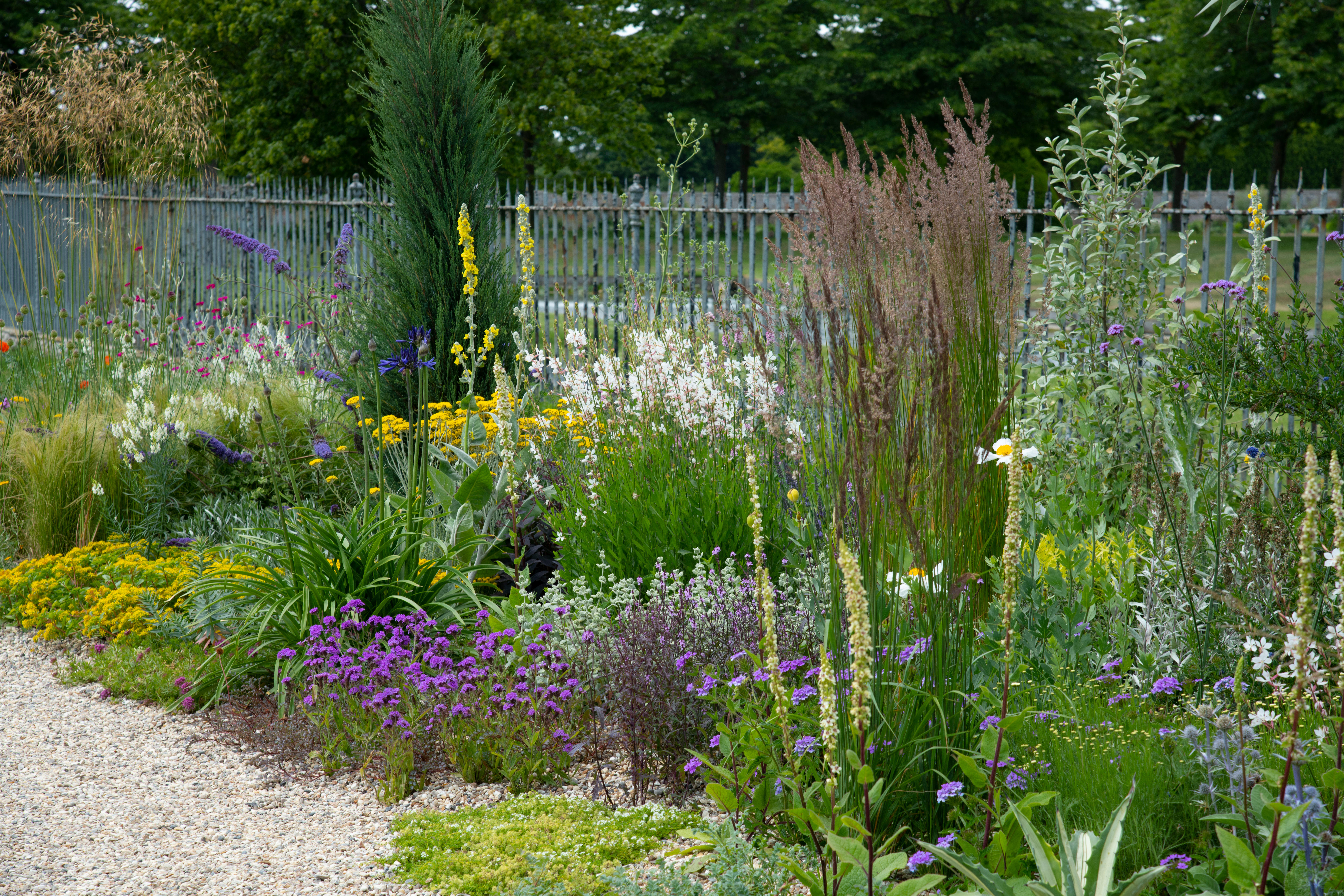
As our world heats up, our gardening calls for more innovative, longer term solutions to care for our plants. Some plants simply won't survive a heatwave, no matter how much attention we give them.
You might notice that areas of you garden aren't flourishing as they once were during the summer months. Such cases might call for a complete re-landscaping of by introducing more drought-tolerant plants such as geraniums or agapanthas.
'Adding sun-loving plants can help to keep your garden alive with color,' Tom explains. 'When planting new plants during a heatwave, make sure to plant on a cloudy day and water them in well.'
Herbs and grasses are especially resilient to drier conditions so make a great addition to dry gardens. As Tom adds: 'Herbs such as rosemary, sage, marjoram and lavender love the heat (their flavour also becomes more intense in hot weather, so it’s a win-win) while plants such as verbena, sedum, spurge and ornamental grasses make great additions to any garden display.'
This starter kit of six strong herbs is ideal for kicking off a dry garden.
5. Don't forget your houseplants
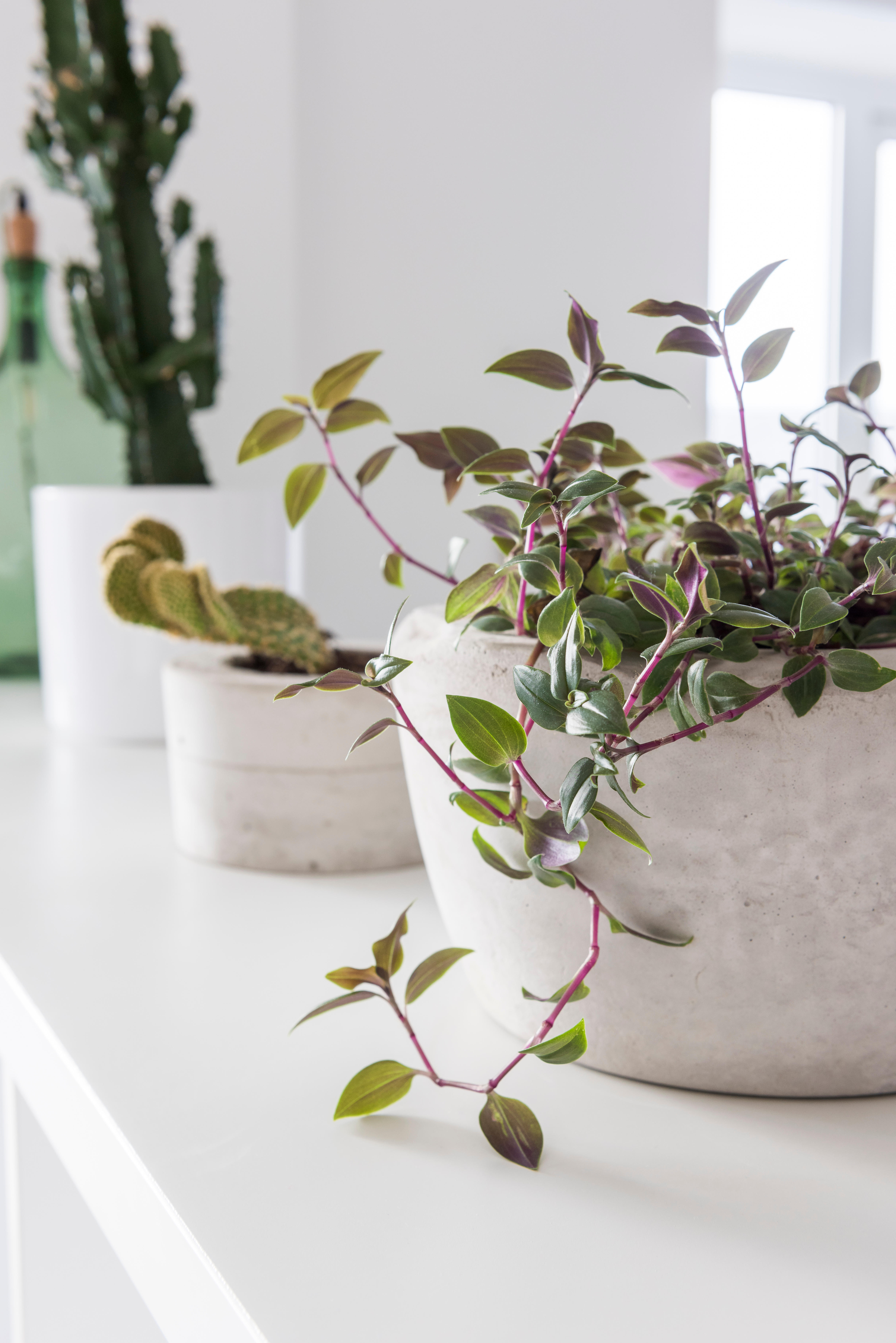
While our garden might be the first place we turn our attention to in a hot spell, it's important not to forget to water your houseplants.
'It is important not to forget temperatures are climbing in our homes too,' says Tom. 'Houseplants will drink water faster and therefore need topping up more regularly in hot weather.'
It's also worth checking on any plants you have on a windowsill. Delicate leaves can become scorched if they receive too much sunlight and might benefit from being moved further into a room during the summer months.
Be The First To Know
The Livingetc newsletters are your inside source for what’s shaping interiors now - and what’s next. Discover trend forecasts, smart style ideas, and curated shopping inspiration that brings design to life. Subscribe today and stay ahead of the curve.

Lilith Hudson is a freelance writer and regular contributor to Livingetc. She holds an MA in Magazine Journalism from City, University of London, and has written for various titles including Homes & Gardens, House Beautiful, Advnture, the Saturday Times Magazine, Evening Standard, DJ Mag, Metro, and The Simple Things Magazine.
Prior to going freelance, Lilith was the News and Trends Editor at Livingetc. It was a role that helped her develop a keen eye for spotting all the latest micro-trends, interior hacks, and viral decor must-haves you need in your home. With a constant ear to the ground on the design scene, she's ahead of the curve when it comes to the latest color that's sweeping interiors or the hot new style to decorate our homes.
-
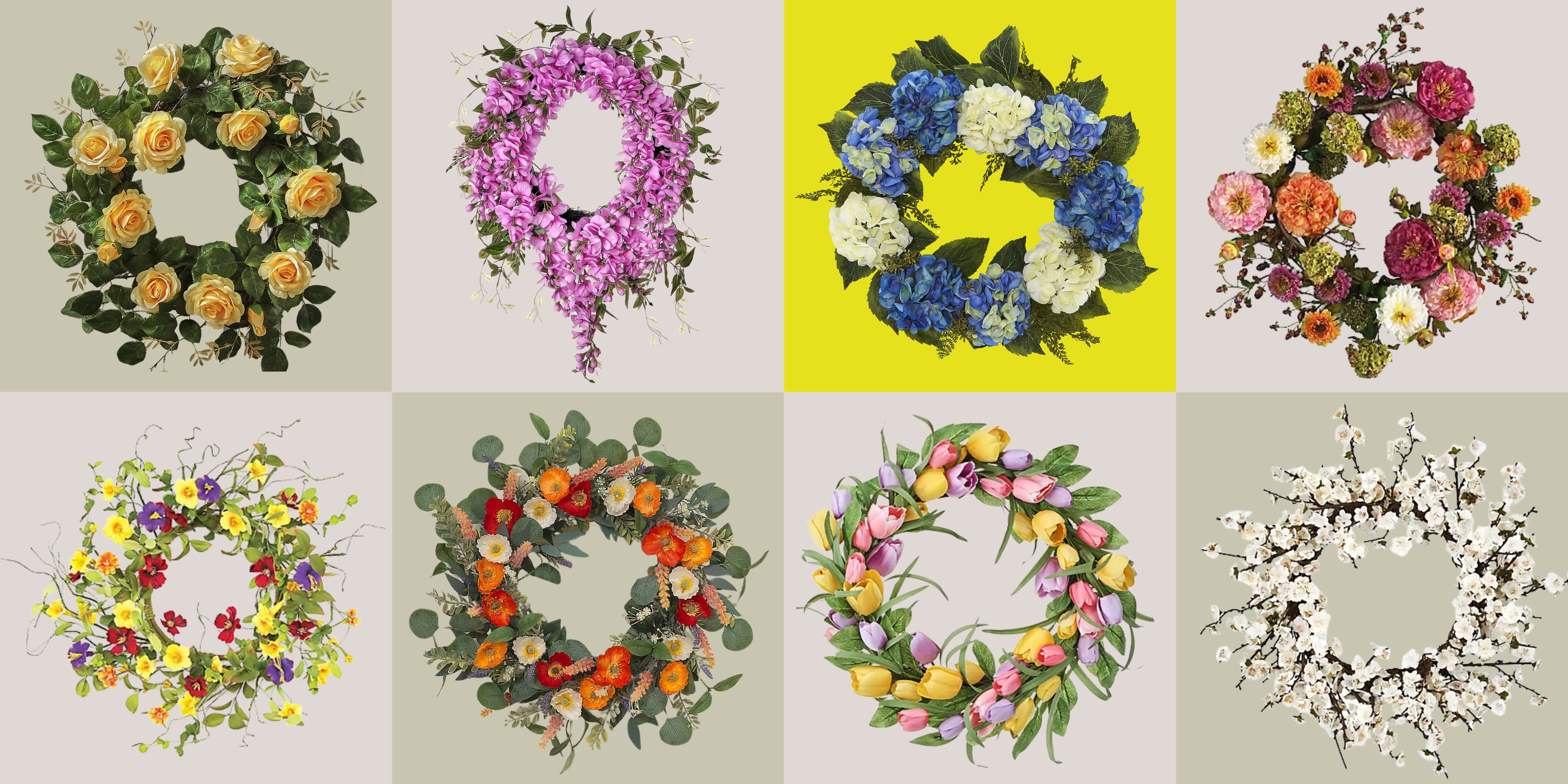 These Are the Flower Crowns I’m Wearing This Spring (Spoiler: They’re Actually for My Door)
These Are the Flower Crowns I’m Wearing This Spring (Spoiler: They’re Actually for My Door)Coachella confirmed the comeback of flower crowns. At home, they just go by another name: the spring wreath
By Julia Demer
-
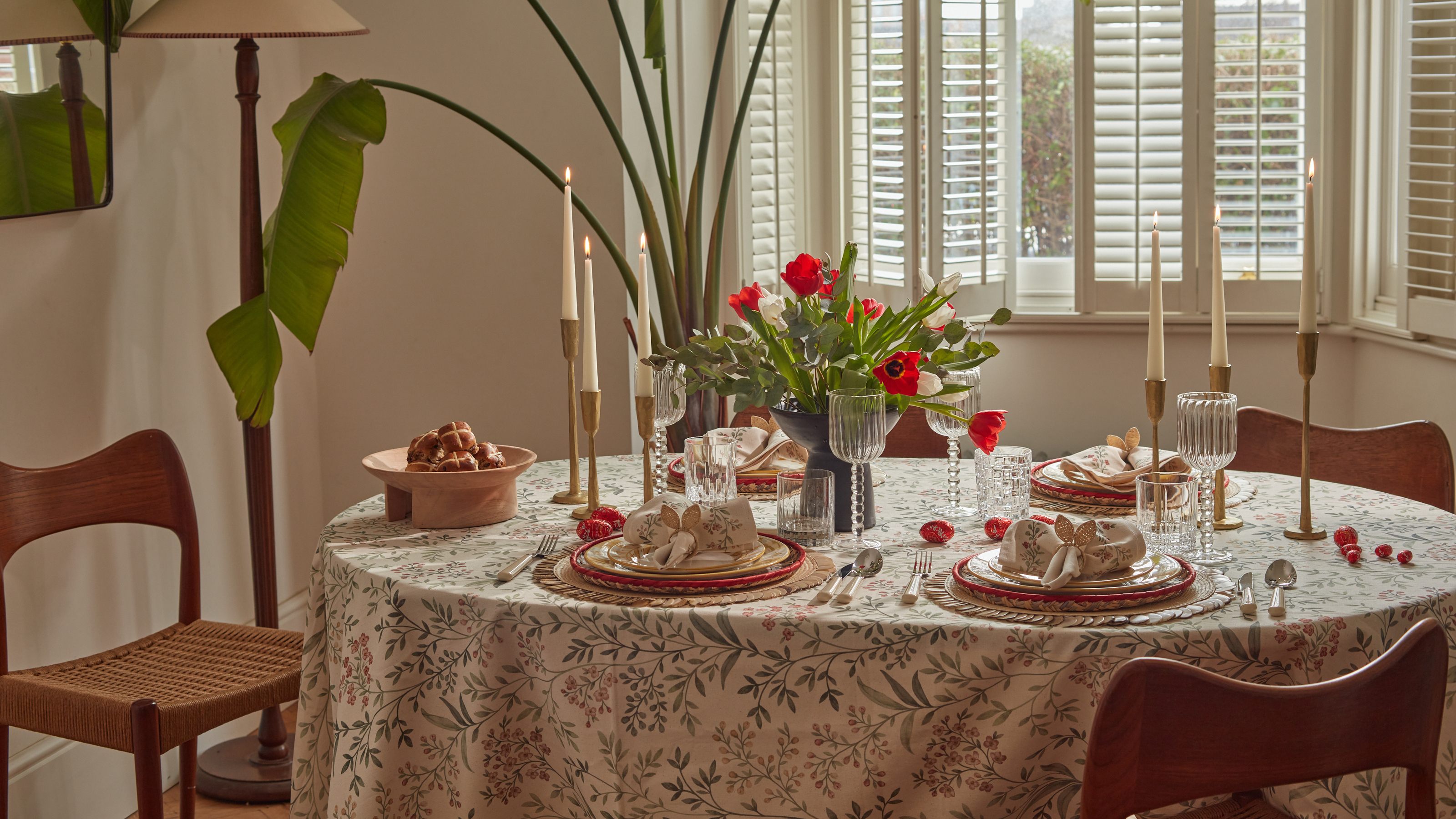 Bunny Ears, Be Gone — 7 Easter Table Styling Mistakes That Will Take Your Setting from Tawdry to Tasteful
Bunny Ears, Be Gone — 7 Easter Table Styling Mistakes That Will Take Your Setting from Tawdry to TastefulFrom fussy floral displays that disrupt conversation to over-relying on tacky tropes, don't fall victim to these errors when decorating your Easter table
By Lilith Hudson